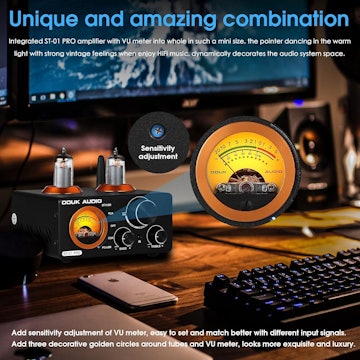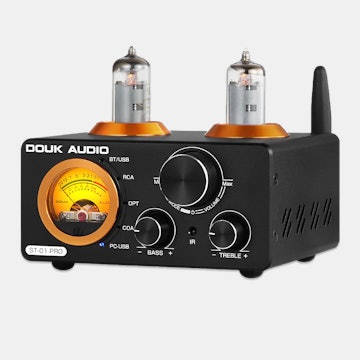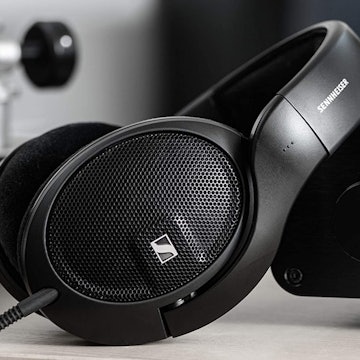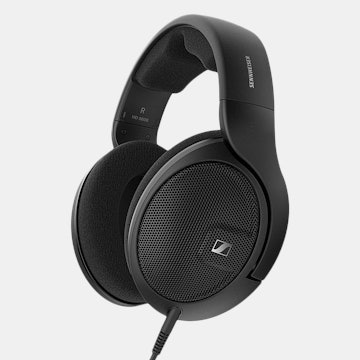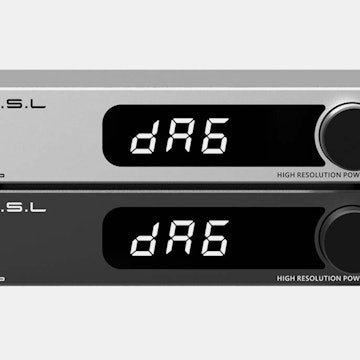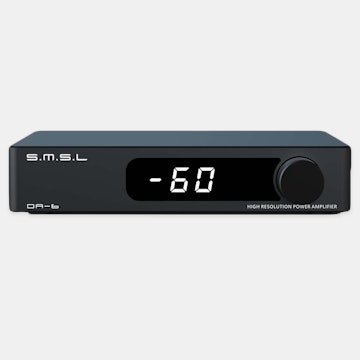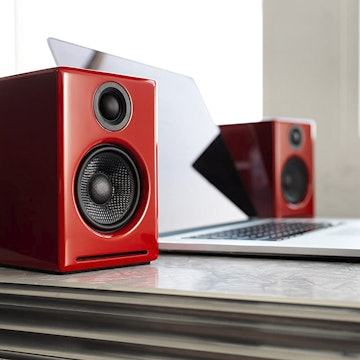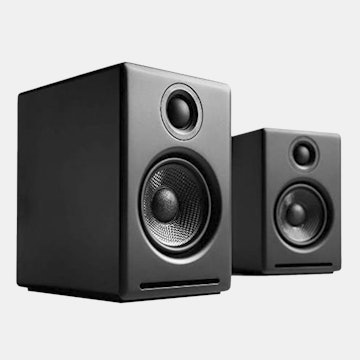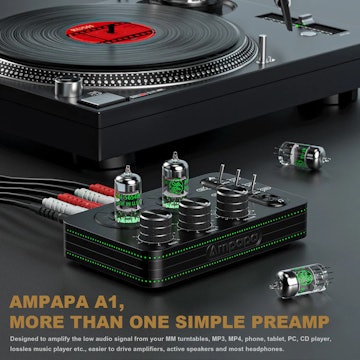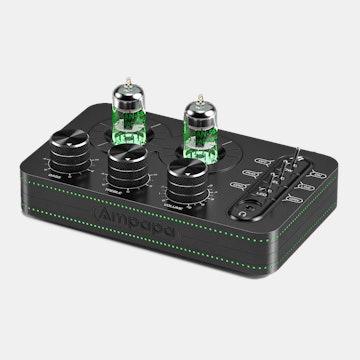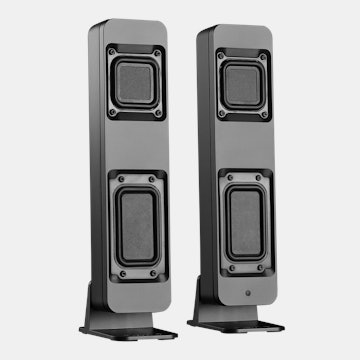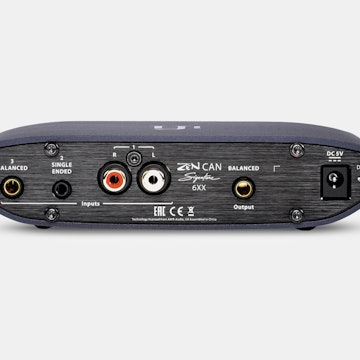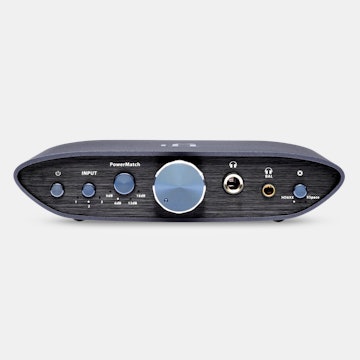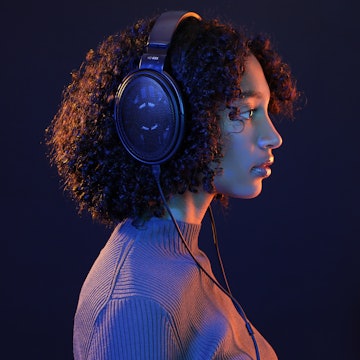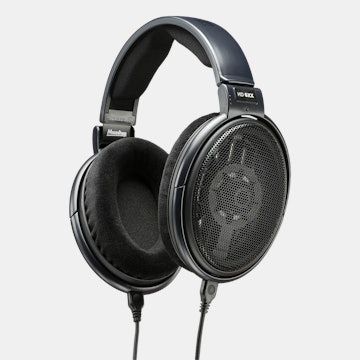Click to view our Accessibility Statement or contact us with accessibility-related questions



Showing 1 of 317 reviews about:

Greg_Dunn
24
Jun 15, 2020
checkVerified Buyer
Great sound at a fair price
This is going to be kind of a long review, because it needs a little context and also because I hate to omit some important observations that need to be made in order to properly review the phones.
For my college graduation, I requested (and received) a pair of Koss ESP-9 headphones. I really wanted one reference standard transducer to listen to music with, and these were probably the gold standard in the early 1970s. I remember being totally thrilled with the sonics, if a little less than excited about the extreme weight. But I didn't wear them for extended listening sessions, so it was tolerable. And the sound was bliss. The reason I mention them here in this review is that they provided my introduction to real high end audio, a fascination I've had for going on 60 years now. I remember only impressions of the sound on first listening, but they just seemed so clear, immediate and detailed that I struggled to find a loudspeaker which achieved even a fraction of what they could do with a decent recording.
The ESP-9 remained my gold standard for transducers over the years; I heard some of the Stax phones, and while they were also excellent, they didn't do anything which induced me to switch from the Koss - especially at the price. And the later ones frankly just weren't comfortable to wear - light, but an annoying and awkward design. I do not like the "sling" type headband on any phones. I did acquire a pair of the Audio-Technica AT-705 for pennies on the dollar, and like them a lot. Not as good as the Koss, but more comfortable and an incredible bargain. Electrostatic phones kept rising in price, so I sort of drifted away from the newer ones; I really can't justify spending more on a pair of headphones than on my speakers, which get a lot of use by comparison. Even the ESP-950, while comparatively cheap among modern 'stats, was too expensive for an impulse purchase and besides, I already had phones that were 'good enough'.
Then came the ESP-95x. At a price far below its serious competitors, I could finally justify spending a chunk of cash on headphones. It was near the 50th anniversary of my ESP-9, so what better time to consider an upgrade? The reviews, while mixed (as most are), gave me confidence that this was worth considering. I finally caved in and bought a pair, hoping that they would please me as much as the classic ESP-9.
I've saved the impressions for the last part of the review so that it wouldn't become a repetitive discussion of all electrostatic headphones. Yes, they all have some similar characteristics that everyone talks about: detail, transient response, an impression of hearing "through" the phones back to the source signal. But the experience is still more than the sum of the parts. I rarely pulled out my ESP-9 over the years, because honestly they were a pain to hook up and then to endure the weight and pressure of the system on my head. But even listening to them recently I have to admit that they still sound great - all the attributes I valued about their sound 50 years ago are still there. I was very excited to see how the ESP-95x compared.
I have to admit that when I first pulled the ESP/95x out of the box and put them on, I was surprised and disappointed. I wasn't so much bothered by the extreme lightness of the headset (which I was able to acclimatize myself to) but by the huge earpieces and the fact that the phones in general seemed designed for someone with a much larger cranium than mine. Even shortening the headband to its minimum extension, the earpieces hung down below my jaw line and left a big gap where they didn't even come close to pressing against the side of my head. The top of the opening touched my ears, the earpieces felt very loose, and the overall feeling was one of annoyance and discomfort. After some examination of the mechanisms, I was able to (1) bend the metal strips significantly inward to put a little more pressure on my head and hold them securely, and (2) wrap the headband in a thick wash cloth to raise the whole setup a couple of inches and center the earpieces over my ears properly. Ugly but effective.
After these changes, the comfort was drastically improved and the headphones were nice and snug without putting noticeable pressure on my head. I was then able to extend the metal bands a little so that there was a bit of adjustment room remaining, and they stay in place perfectly. I am still quite puzzled by this, as I have half a dozen other good headphones ranging from my old ESP-9 to a brand new set of Sennheiser HD58x, and all of them fit comfortably with some adjustment "slack" remaining in the headband. The Koss literally sit about 2 inches too low and feel very loose, out of the box. I'm not sure what their target listener's head is shaped like, but they're much beefier than I am. If I hadn't been able to resolve the fit issue, I'm not sure what I would have done next. I will say that the Drop-supplied pads are good, though I wish they were angled or oval-shaped to close that gap under and behind the ears. It isn't annoying and doesn't seem to affect the sound of the phones so it's not a big issue.
But the sound is worth the initial hassle. The first impression from listening to these phones is much the same as hearing any set of electrostatics for the first time; they have an impact which just doesn't exist on any dynamic headphone I've ever heard. Transients, whether high frequency percussion or lower register sounds like bass or synthesizer, just come through without feeling like they're "blunted" or held back in any way. The sound, for lack of a better term, is present but not unnaturally forward. It's hard to describe accurately, but the levels and "impact" seem to more closely approximate what a live instrument is capable of, rather than sounding like, well, a speaker. It has to be related to their excellent transient response, but it is more evident than you would expect, and it provides a strong first impression. It seems that they take a few minutes for the transducers to "charge" when first turned on; mine are sometimes unbalanced until they settle. The electrostatic element is a high impedance system, so it doesn't reach full voltage instantly. I just leave mine on unless I'm going to be away for a while.
Another thing they do is to provide a sense that each instrument is in its own space; multiple instruments playing do not muddy up the sounds of the individual ones. The more complex the music gets, the more you actually hear, rather than it turning into an un-differentiated mass of sound. And when it gets louder, the relative levels are preserved, rather than it all becoming an annoyingly loud and chaotic mess. The ESP/95x does even better in this regard than the old ESP-9, which is something I didn't expect. Something else that is easier to hear on headphones is also better on these: you can follow echo and reverb on individual instruments as it decays and sometimes pans through the sound space. It's a minor thing but it helps remind you that you really are hearing all the details.
The frequency response of these headphones is not bad right out of the box, though they do seem to roll off a bit at the extreme highs and lows. My hearing is not worth much above 15 kHz these days, but what I can hear up there seems to be at least as good as the other phones I have, and certainly better than most speakers. There's no false emphasis or "sizzle" that many people report as extended highs or enhanced transient response. For me, at least, they're very listenable even with material that has a lot of high frequency content, and that's not the case with a lot of phones which use a peak in the 6-10k region to make them seem to have more detail. There is plenty of nicety, but not a hint of the fatiguing shrillness that some phones exhibit. Instruments like shaken or struck percussion and small bells are clear and not harsh sounding. Multiple instruments playing at once sound distinct. You don't have to turn the volume up to hear the subtleties; they're always audible if they exist in the source material. This helps avoid fatigue, because you don't have to play the music loudly just to hear all the constituent sounds.
The bass comes in for a lot of criticism on these phones, and I understand why. Many people are accustomed to hearing bass which is really overemphasized mid- or upper bass, or perhaps distorted/clipped low bass. The lack of overemphasis will sometimes make the bass seem "thin", even when it goes extremely low. It takes some self-education to get past this if you've gotten used to the typical EQ of a lot of modern recordings. About the only thing you can really do is to train yourself with a good pair of speakers which have been EQed to be flat (because speakers are easier to measure), and try to listen for the actual bass rather than the exaggerated mid bass which we are fed from many sources. Another issue is that even with extended low end response, the physical pressure of the low bass notes on the body is absent; headphones won't hit you in the gut or rattle the pictures on the walls. You have to listen for the real fundamentals rather than expect the physical manifestations of the bass sounds. I have some low organ pedal recordings which go down below 20 Hz, but even with a subwoofer measured flat to about 12 Hz, most of it is still evinced by the physical pressure - the audible portion is hard to detect unless your hearing is extremely good in the bottom octave.
I hate seeing reviewers use superlatives in describing audio equipment such as "it raised chills" or "it sounded like the musician was in the room with me", because they're usually over-excited about something and trying to impress the audience. But with these phones, there are occasional moments where well-recorded sources sound almost "real" and it can be disconcerting. The detail is a little eerie sometimes; I came across examples of plucked bass and kick drum which sounded very close to the actual instruments which I have heard close-up many times. And yes, these headphones do lack a bit in the extreme bass below 30 Hz or so, but not as much as you might think on first listen. The cleanliness and lack of tactile force on your gut are deceptive. Even a great speaker will be generating far more bass distortion than these phones and will sound "fuller"; but they won't exhibit the amazing detail that the ESP/95x does. Just a little careful bass boost can bring them up to where the response is nearly flat, though it will never feel like a speaker vibrating in the room with you. If you want the bass to make your brain slosh about, these are not the headphones for you. Even the excellent ESP-9, while measurably flat, doesn't do that.
Full disclosure: I have applied some overall EQ to the phones based on many publicly-available measurements; a little midrange cut and some gentle bass boost make the headphones sound less exciting or "forward" at first, but over time it becomes clear that the overall effect is more accurate on well-recorded music. Everyone's ears react differently to the frequency response of a pair of headphones, because the ear canal and pinnae are uniquely shaped. You may not get the same result as someone else using the same EQ - in fact "no" EQ may suit you better; so I recommend trying different curves until you find one which sounds best. Don't expect the un-EQed ESP to sound perfect; hardly any headphones will and certainly none of mine are optimum. Believe me, you'll get far more improvement by sensibly experimenting with EQ than you will by playing the cable or amp swapping game; and it will be far cheaper.
The bottom line is that I can listen to these headphones for extended periods where they sound great and don't annoy or irritate me. The music is enjoyable, and I'm constantly hearing things that are hard to detect or just absent on lesser phones. Everything just sounds a little better with them. Considering that many transducers make good recordings sound great but bad recordings sound worse, this is an impressive achievement. Are they the most accurate headphones on the market? Probably not - and I'm not likely to audition any systems that cost as much as my car, or buy them on a whim - but they are a step above any dynamic phones I've ever heard, and will probably satisfy any reasonable music listener for a long time. The fact that they are hardly more expensive than some highly regarded dynamic transducers and have a lifetime warranty really makes them one of the best bargains in audio.
Recommends this product? Yes

A community member
Jun 16, 2020
bookmark_border
Greg_DunnWow! Thorough, detailed and engaging, thank you!!!
NascentAP
56
Jun 16, 2020
bookmark_border
Greg_DunnI was on the fence about these until I read your review (yes, all of it). Very insightful and filled with context. Thank you for taking the time to type this up.

Greg_Dunn
24
Jun 16, 2020
bookmark_border
Greg_DunnThey're definitely special. I reiterate that EQ can make all the difference; I've done a lot of audio testing and measuring in the last few years and it's interesting to note that a small change in frequency response or even loudness can add or remove perceived detail as well as apparent bass/treble (with speakers as well as headphones). Don't hesitate to make some gentle adjustments because like all headphones they will sound slightly different to everyone.


